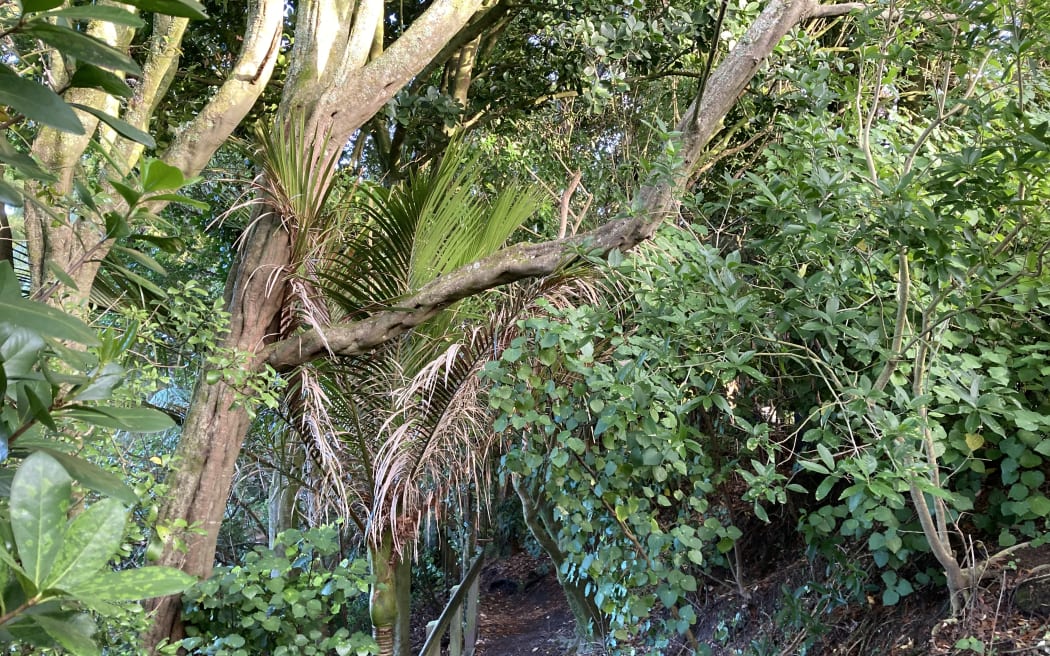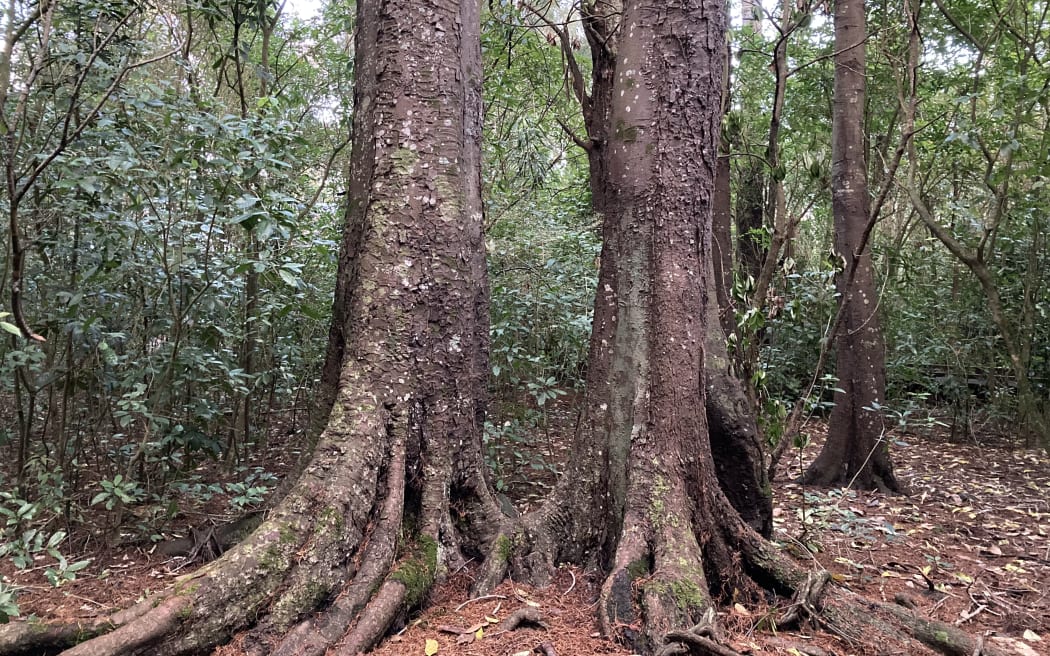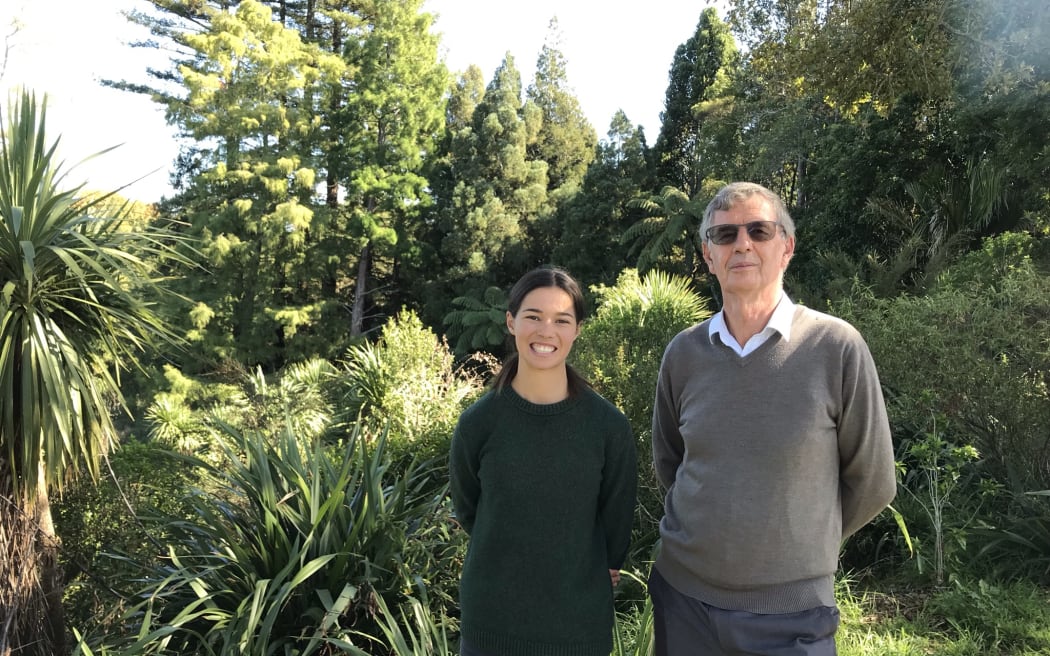For her Masters research at the University of Waikato, Hannah Rogers has gotten to know every green patch, nook and cranny of Kirikiriroa Hamilton.

The path through Seely's Gully Photo: Hannah Rogers
Follow Our Changing World on Apple Podcasts, Spotify, Stitcher, iHeartRADIO, Google Podcasts, RadioPublic or wherever you listen to your podcasts.
Within their Nature in the City Strategy, Hamilton City Council set themselves the ambitious target of moving from 1.8% to 10% native vegetation cover in Kirikiriroa by 2050. Across the city there are hundreds of patches of green that they could target for native regeneration. So where should they start?
What the council really needs is a priority list tool. Something that can point them towards the sites with the most potential for restoration.
And that’s exactly what Hannah has been working on.
She has mapped and visited different forest remnants, gullies, parks and patches of bush across the city to assess their potential to contribute towards this 10% goal.
In investigating the potential of the sites, Hannah has used eight different ecological criteria, including what plant species there are and how they are doing, the size of the area available for regeneration, the connection to other green spaces, and the type of landform the site is on.
One of the areas that is particularly interesting, and sits high on Hannah’s list, is Hillcrest Park. This is because it contains a small remnant of kahikatea forest at its centre. Some of the trees are estimated to be around 120 years old.

The kahikatea/white pine trees at Hillcrest park Photo: Hannah Rogers
But age isn’t everything. The kahikatea remnant is missing the usual array of plants, ferns, epiphytes, and lichens that would be found in a fully functioning, mature native forest.
These are the nuanced aspects of the potential and challenges of restoration at different sites that Hannah’s research aims to collect.
Her research feeds into a wider body of work around urban ecological restoration. Led by her supervisor, Professor Bruce Clarkson, the People, Cities and Nature research programme investigates the best ways to bring biodiversity back into cities.
The programme involves multiple universities and institutions and conducts research in several urban areas around Aotearoa. Bruce says that while there are obvious challenges to urban restoration, there are many benefits too, both for nature, and for people.

Hannah Rogers and Professor Bruce Clarkson stand at the top of Seely's Gully in Kirikiriroa Photo: RNZ / Claire Concannon
To learn more
- In Urban lizards Alison Ballance speaks to researcher Chris Woolley about his work finding lizards in Wellington as part of the People, Cities and Nature research work.
- Also part of the People, Cities and Nature work is this project Tracking inner city rats.
- Science Communication student Karthic SS explores Our relationship with urban green spaces in this 2019 episode.


